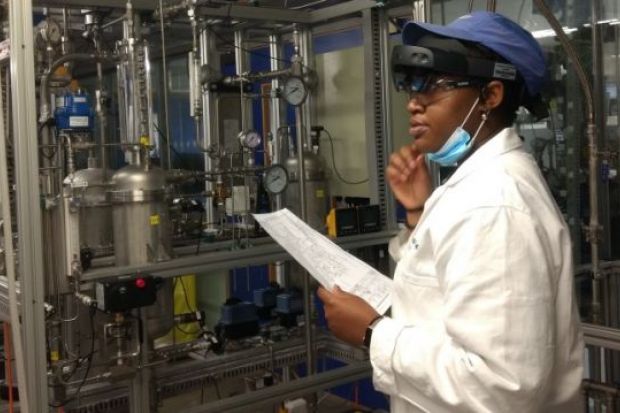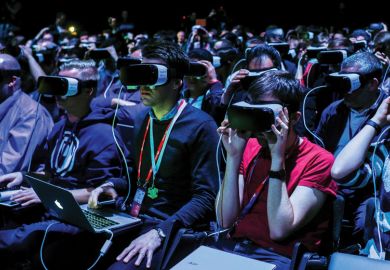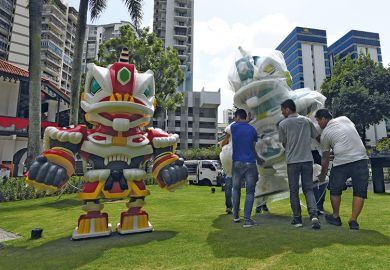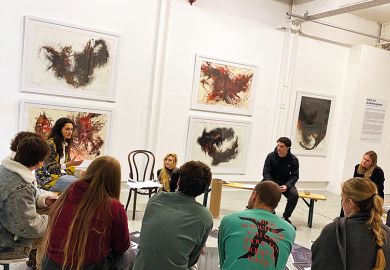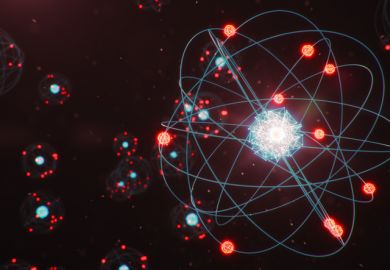When the coronavirus forced universities to move their teaching online, one of the greatest concerns was what it would mean for practical-based learning.
At Imperial College London, leaders of the chemical engineering department needed to ensure that their 600 students were well versed in the practical elements of the discipline before they graduated and began working in industrial plants or refineries.
Together with a team of teaching fellows and students, Clemens Brechtelsbauer, Imperial’s director of chemical engineering education, and Umang Shah, a principal teaching fellow, developed the CREATE Lab, which allows students to remotely control equipment in the laboratory, or “mini industrial plants”, via physically present colleagues wearing augmented reality headsets.
Dr Brechtelsbauer explained that it is not just a gimmick to make the course appear more exciting. “When we designed this, we had to go back to the learning outcomes because all our degrees are officially accredited by the Institution of Chemical Engineers. In order for them to give us their quality seal it has to meet certain conditions.”
Imperial students, wherever they are in the world, can use Microsoft HoloLens, controllable cameras and QR codes to connect and perform experiments on working machinery and rigs. Only two people need to be physically present – one student and one teaching assistant – who stream live from the headset and the remote students provide both verbal and written instructions to them. There are also cameras throughout the lab that students can remotely access, zooming in and out for example, and QR codes to scan for added information.
“For those working remotely, it is almost like you’re standing there in person, able to work with your group face to face, just like before,” one student said.
Dr Brechtelsbauer explained that the programme “was a natural evolution of our practical teaching programme”. His experience in industry taught him that a lot of chemical engineering graduates did not have the right amount of real-world practice they needed, with courses focusing too much on theory.
“I decided we needed to introduce more realism into the education and authenticity [in terms of being similar] to what they would do in real life and, most importantly, to step away from thinking practical problems can be solved through a series of cookbook recipes,” he said.
Dr Shah added that engineering is often taught in silos, but the new lab integrates those different parts of the discipline and offered students the ability to learn how to solve problems. Perhaps most importantly, though, it keeps them engaged. “You can’t use this technology in a passive way…We are creating a problem-solving mindset with independent learning abilities. The Covid situation has allowed us to do that,” he said.
Dr Brechtelsbauer agreed: “Nothing sharpens the mind more than a crisis.”
Bringing these types of innovations into a university can be a slow process, and does require money, Dr Brechtelsbauer admitted, adding that it was lucky “it wasn’t a cold start” for his department. But he said that the CREATE lab project had the potential to be useful in other disciplines, particularly engineering subjects “where the focus is on leadership, crisis management and decision-making”.
